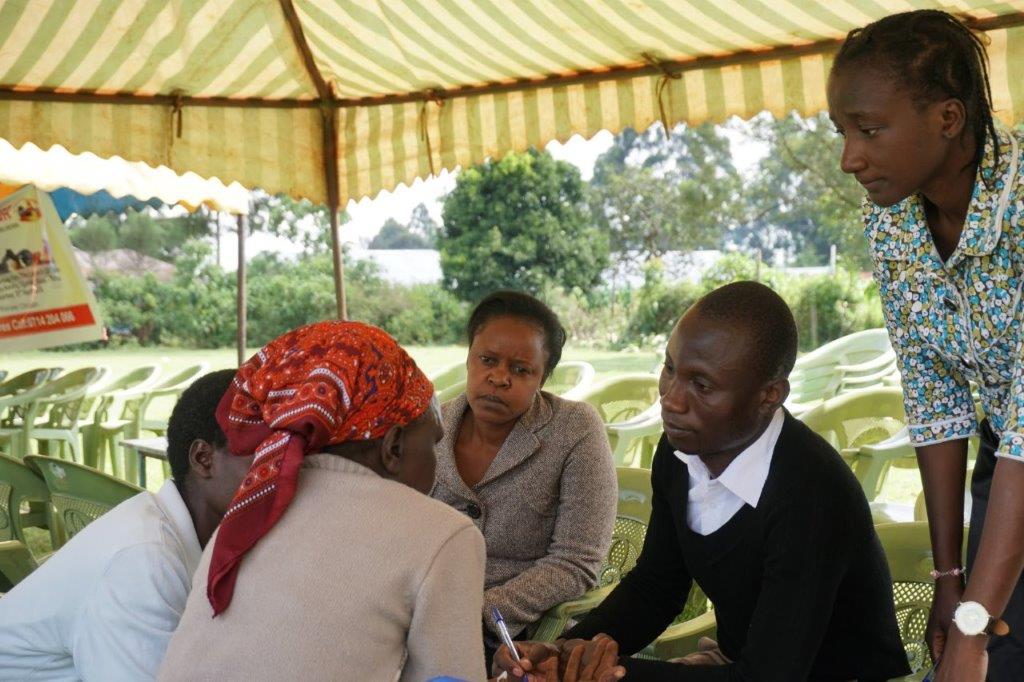World Suicide Prevention Day 2019: Working Together to Prevent Suicide
Suicide is a global public health problem and according to the World Health Organization (WHO), one person dies every 40 seconds as a result of committing suicide. This year’s theme highlights the role of the community in identifying and preventing suicide. “Suicide prevention should not be left to healthcare providers. Family members, friends and the community all have a role to play. When you notice that someone has a sudden change of behavior or mentions suicide, we should treat it with the urgency it deserves, we should reach out to help and not ridicule or stigmatize them,” says Dr. Edith Kwobah, a psychiatrist at Moi Teaching and Referral Hospital (MTRH).
“One of the common risk factors for suicide is hopelessness and this is one of the ways friends, colleagues and family can play a role in instilling hope,” adds Dr. Kwobah. According to her, people who commit suicide may not show any signs of mental illness. For example, suicidal thoughts may be triggered by situations such as grief caused by death of loved ones or financial loss/difficulties, etc. In prevalence studies that Dr. Kwobah and other researchers carried out, they found that 16 percent of the sample population had a lifetime attempt of suicide in Western Kenya. Mental illness like depression increase risk of suicide, yet most of these conditions are often undiagnosed and therefore not treated.
Community health workers include mental health as part of the integrated health screenings.
AMPATH is involved in a number mental health efforts in the community for the awareness, prevention and treatment of mental disorders including suicide. In an effort to promote diagnosis and treatment in the community, AMPATH’s population health efforts include mental health screening in its integrated screening for chronic diseases in lower level public primary health facilities complete with linkage to care. Among the disorders screened for in these efforts is suicidality, psychosis, depression and harmful alcohol use. The population health psychologists and psychiatrists are working with the community to increase accessibility of mental health services, and this includes access to services for those with suicidal ideations.
If you’re concerned that someone may need professional help, encourage them to visit a health facility near them.
Link to the prevalence studies:


